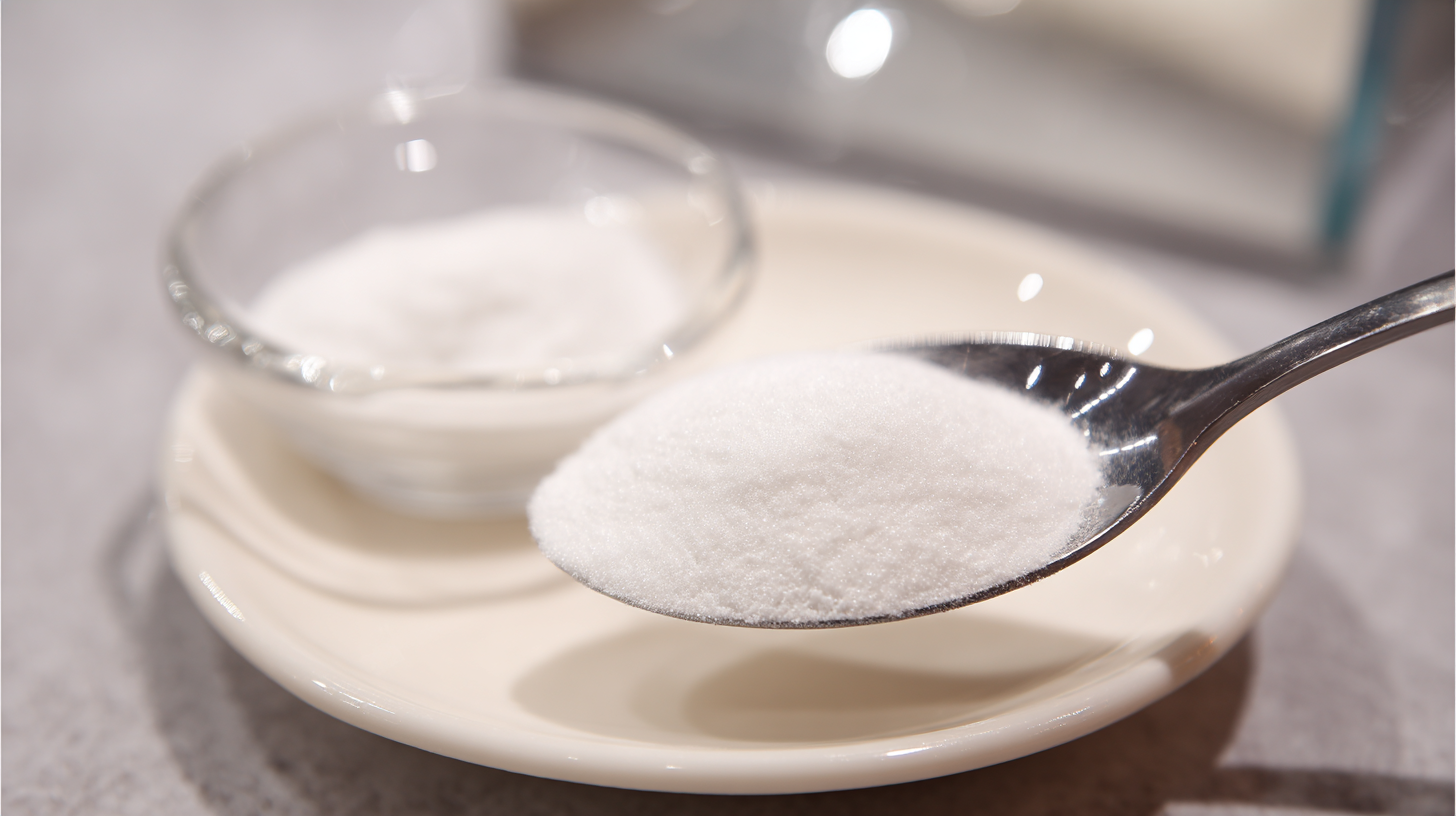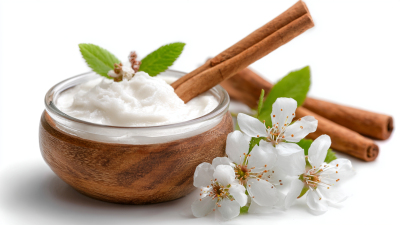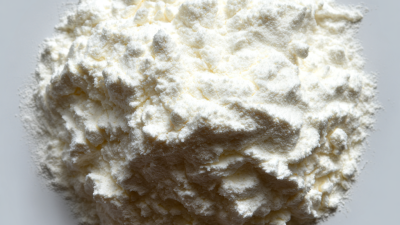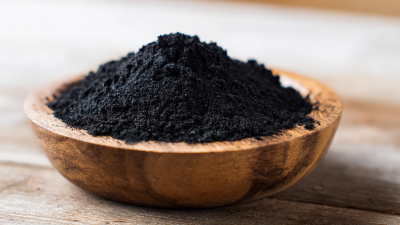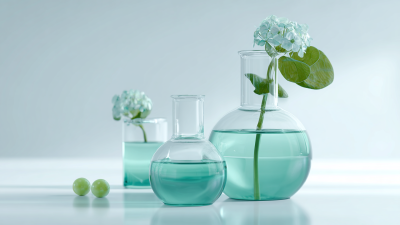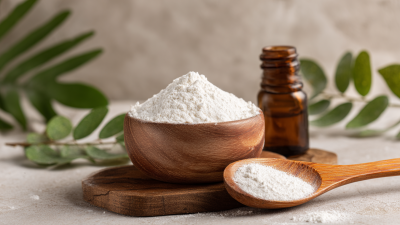As the beauty and personal care market continues to expand globally, the demand for innovative ingredients such as Kojic Acid Powder 99% is surging. According to a recent report by Grand View Research, the global market for kojic acid is expected to reach USD 1.42 billion by 2025, growing at a CAGR of 8.5% from 2021. This growth is fueled by increasing consumer awareness of skin health and a rising preference for natural and effective skin lightening agents.
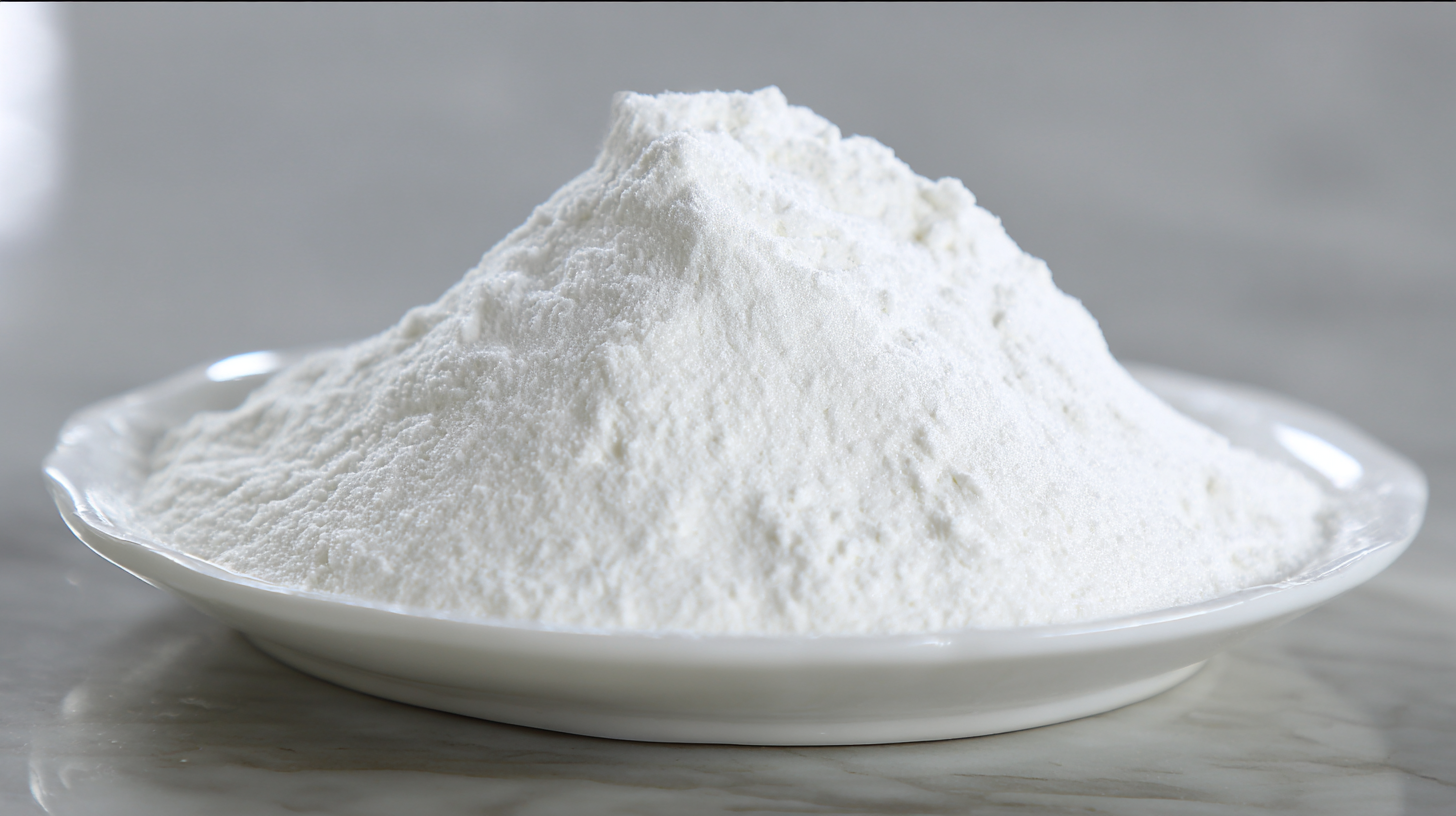
The 2025 China Import and Export Fair, also known as the 138th Canton Fair, presents a pivotal opportunity for manufacturers and suppliers to showcase Kojic Acid Powder 99% and connect with potential buyers. As industry players prepare to leverage this platform, understanding market trends and consumer preferences will be critical in tailoring product offerings that meet the evolving needs of the beauty industry.
The Kojic Acid market is poised for significant expansion, driven by growing consumer demand for skin lightening products. According to recent projections, the Skin Lightening Products Market is set to grow from $11 billion in 2024 to approximately $18.62 billion by 2032, reflecting a compound annual growth rate (CAGR) of 6.8%. As awareness of skin health continues to rise, Kojic Acid, known for its efficacy in treating hyperpigmentation and uneven skin tone, stands out as a preferred ingredient in formulations.
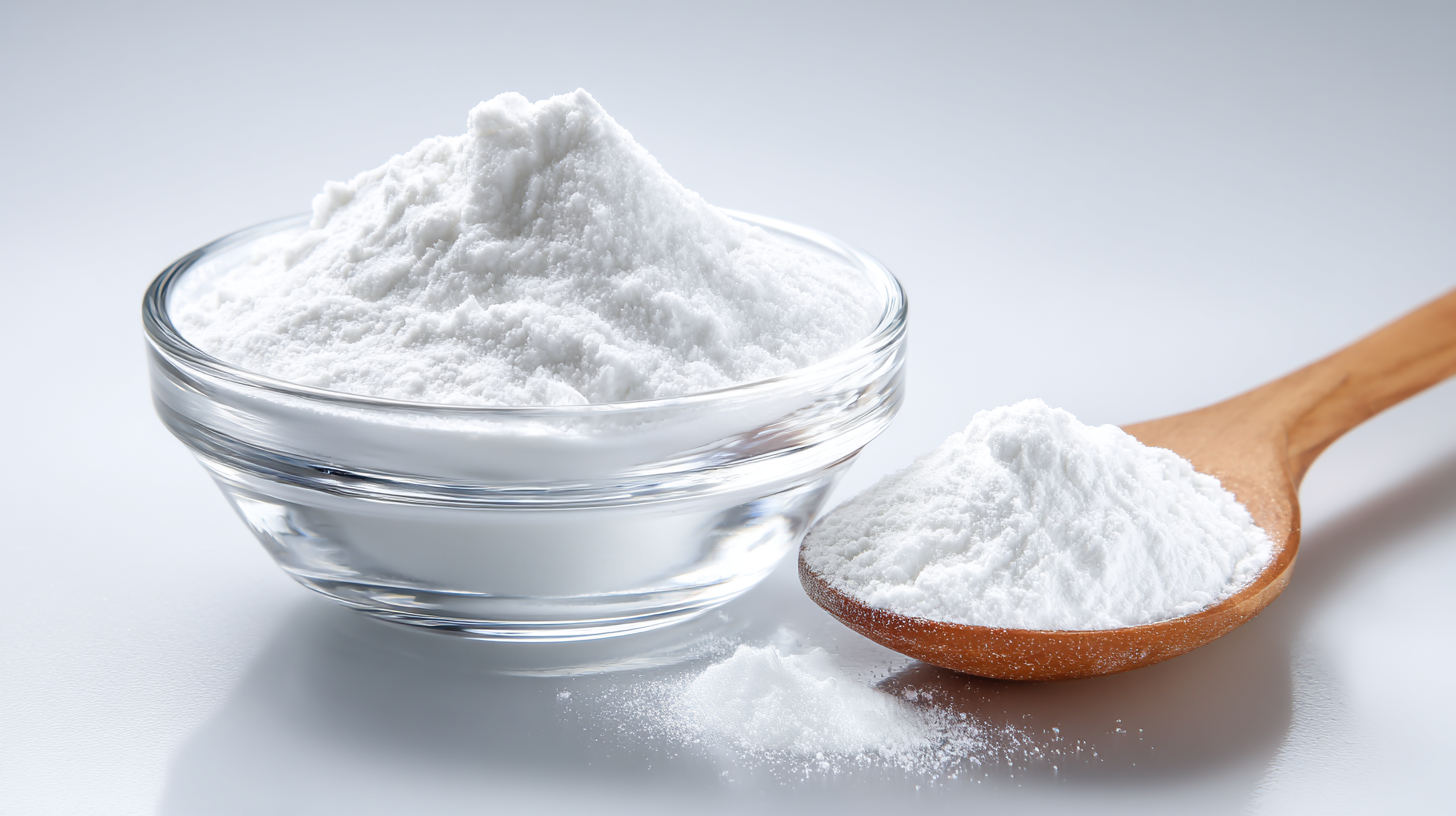
Furthermore, the global Lightening/Whitening Agents Market is expected to reach a valuation of $3,408.6 million in 2025, with a significant increase to $7,803.5 million by 2035. This trend underlines the increasing acceptance of Kojic Acid and similar compounds as essential components in the formulation of effective skin lightening products. With the global push towards ethical and sustainable beauty practices, manufacturers focusing on natural and safe ingredients will likely dominate this burgeoning market, enhancing Kojic Acid's role in shaping future skin care solutions.
The global market for Kojic Acid is projected to exhibit a steady growth rate, with a CAGR of approximately 2.7%. This increase is driven largely by its applications in cosmetic products, particularly for hyperpigmentation treatments. A comprehensive analysis detailing the competitive landscape highlights key players in the market, each vying for a greater share as the demand for skin-lightening agents rises globally. This is driven by consumer awareness regarding skin health and aesthetics, making Kojic Acid a sought-after component in various formulations.
Furthermore, with the Global Hyperpigmentation Treatment Market poised to expand significantly, reaching an estimated size of USD 10.08 billion by 2030 at a CAGR of 12.53%, the implications for Kojic Acid are substantial. As treatments become more specialized, understanding market dynamics—such as consumer preferences for topical therapies and the segmentation by treatment types—is vital. Companies leveraging fermentation and chemical processes in producing high-purity Kojic Acid can better position themselves to capitalize on this growing segment, enhancing their market share in an increasingly competitive environment.
As the skincare industry continues to evolve, understanding consumer preferences is crucial for effective marketing strategies, particularly for innovative products like Kojic Acid Powder 99. Market research indicates that consumers are increasingly gravitating toward natural and effective solutions for skin concerns such as hyperpigmentation and uneven skin tone. This trend highlights the necessity for brands to focus on product efficacy, showcasing Kojic Acid's proven benefits while ensuring transparency around ingredient sourcing and formulation.
Moreover, consumer insights reveal a growing demand for sustainable and eco-friendly packaging. Today's shoppers are not only concerned about the products they use on their skin but also about their environmental impact. Brands looking to launch Kojic Acid Powder 99 should consider these preferences by adopting sustainable practices in production and packaging. Engaging with potential customers through targeted marketing campaigns that highlight these aspects can foster brand loyalty and encourage trial among a discerning audience eager for ethical and effective skincare options.
The launch of Kojic Acid Powder 99 at the upcoming 2025 China Import and Export Fair presents an excellent opportunity for targeted marketing strategies that leverage effective promotional channels. To successfully penetrate this competitive market, businesses should focus on the 4Ps of marketing: Product, Price, Place, and Promotion. Given the rising demand for chemical exfoliants in the skincare industry, with the global market for Kojic acid projected to reach $756 million by 2025, companies must emphasize the product's unique benefits in their marketing campaigns, such as its skin-whitening properties and anti-aging effects.
Promotion will play a crucial role in distinguishing Kojic Acid Powder from its competitors. Utilizing social media platforms, influencer partnerships, and targeted online advertising can effectively reach the skincare audience. Reports indicate that millennials and Gen Z consumers are increasingly seeking out products with proven efficacy and safety, particularly through peer recommendations and online reviews. Additionally, exploring partnerships with dermatologists for product endorsements can enhance credibility and consumer trust.
Coupled with competitive pricing strategies, businesses can position Kojic Acid Powder 99 as a must-have ingredient for both consumers and manufacturers in the cosmetics industry.
As Kojic Acid Powder 99 prepares for its launch at the 2025 China Import and Export Fair, understanding regulatory considerations is paramount for successful market penetration. Compliance with China’s regulatory landscape is essential, particularly for chemicals used in beauty and skincare products. Importers must navigate China's intricate guidelines, including registration with the Ministry of Ecology and Environment and adherence to the Registration, Evaluation, Authorisation, and Restriction of Chemicals (REACH) standards. This ensures that the product meets safety and environmental benchmarks, thereby facilitating smoother market entry.
Moreover, the importance of proper labeling and documentation cannot be overstated. Importers need to provide clear and accurate information regarding the product's ingredients, usage, and potential risks to consumers. Meeting these compliance standards not only builds trust with regulators but also enhances brand reputation among consumers. Additionally, continuous monitoring of changes in regulations will be vital as China’s policies evolve, ensuring that companies remain compliant and competitive in this dynamic market environment.
